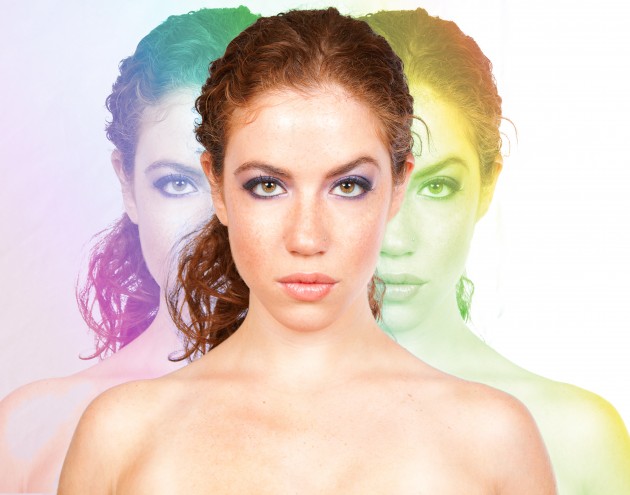
In today’s world, we have thousands of filters and editing tools that allow us to alter the appearance of our photos. These can be used to turn mundane landscape shots into head-turning photos. We also have the ability to remove unwanted people or aspects of pictures that don’t suit our needs.
Is this necessarily a good thing for the field of photography? Digital photography has taken a lot of the skill out of the photography profession. It’s almost impossible to find a magazine cover photo today that hasn’t been touched up in some way.
But, progress can be a good thing. The digital era has brought us cameras that begin editing our photos for us from the moment we begin to line up a shot. Programs like Photoshop can help us eliminate unnecessary edits by your digital camera, as well as refine and perfect your images for your viewing pleasure.
Every digital camera comes with software that tells the camera how to compress images that you take into smaller file sizes. This compression process inherently involves the addition of some information to the file. This information is responsible for telling the selected viewing program how the image should look.
The problem with this is mainly that the camera has absolutely no idea what kind of picture you are taking. The digital compression of photos is one of the major reasons that photo-editing tools have become so popular in the digital photography era.
By using a photo-editing program, you will have the power to make all the editorial decisions that you think are right for your images. In the end, this is a much more desirable outcome than leaving it up to the engineer who designed the software within your camera.
Also, by using your computer for photo-editing purposes, you will be using a medium that is much more capable and much faster when it comes to processing information and returning an image that is desirable.
So, is photo-editing cheating? Well, the short answer is no. Let’s face it. Even before the age of digital photography we spent infinite amounts of time editing and fine-tuning our images.
Think back to Ansel Adams’ efforts in wildlife and nature photography. Many of Adams’ images were produced through a very careful process of manipulating the negative in order to brighten some aspects of the photo and darken others.
So, what is the difference between then and now? Simply, computers have made our editing efforts much easier to complete quickly and efficiently. Some people might argue that the true skill of photo editing has been lost with the advent of digital photography.
Others would simply say that our new editing capabilities are simply a product of technological progress. Whether you believe the former or the latter, we should all agree that editing your photographs should not be considered cheating.
In fact, the editing tools available today give us a considerable amount of freedom to tinker, and, ultimately, perfect the images that we capture.
By James Lam Join me on Google +